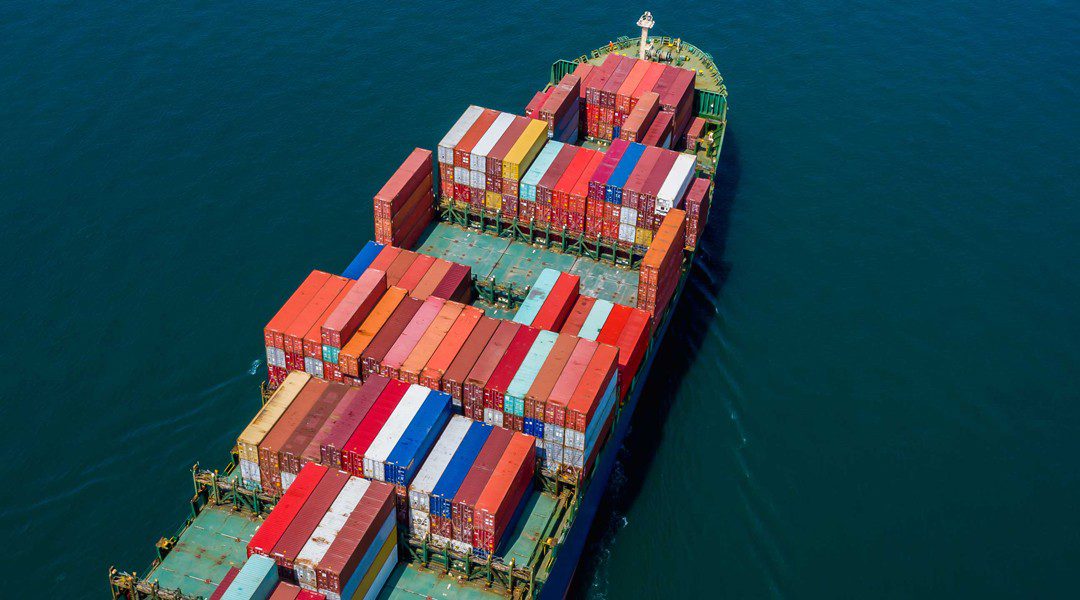Claude Comtois, Professeur émérite de géographie,
Université de Montréal, has published an article on how climate change is
impacting the movement of shipping on the St Lawrence River, a major conduit
for international shipping between the Canadian Atlantic Coast and US ports on
the Great Lakes, via major eastern Canadian cities.
It flows from the mouth of Lake Ontario, at an altitude
of 250 metres. From its source to the Gulf, the river travels 1,197 kilometres,
and is fed by several tributaries including the Ottawa, Richelieu,
Saint-François and Saguenay rivers.
Commercial marine navigation on the St Lawrence is
affected by several conditions: variations in water levels related to seasonal
cyclical changes, uneven precipitation, ice movement on the river surface,
temperature variations and changes in tributary inflow and other anthropogenic
factors. The transition zone between salt and fresh water starts east of Île
d’Orléans. Water with a higher salt concentration has a higher density than
freshwater. Therefore, ships sink deeper in freshwater than they do in seawater.
This means that the navigation routes must be maintained
and equipped with fixed and floating aids such as lighthouses, range lights and
buoys. The Canadian Hydrographic Service monitors tides and water levels,
produces charts and collects data to develop programs for safe and sustainable
use of the waterway.
Navigation support includes a telecommunications system
between ships and the banks of the river. The St Lawrence is particularly
difficult to navigate, so the services of river pilots are necessary. The
Canadian Coast Guard also maintains a fleet of icebreakers to keep ships moving
during winter months.
Climate change is primarily evident in higher air
temperatures that affect water levels, precipitation, ice conditions and
storms.
Extreme hot temperatures lead to a slowdown in labour
productivity and a reduction in outdoor working hours. This results in longer
docked ship hours, consequent delays in operations and more ships on standby.
In addition, high temperatures have an impact on port facilities. Machinery is
more likely to break down and there are higher energy costs for ventilation and
air conditioning.
Rising temperatures can also increase the vulnerability
of marine environments to storms and wave levels. Storms have a direct impact
on the scheduling of navigation routes on the St. Lawrence.
To solve these problems on the St Lawrence, some
innovations are using intelligent navigation to reduce the vulnerability of
commercial shipping to extreme variations in temperature (extreme cold and
heat), fluctuating water levels (low water and flooding), and changes in wind
strength and direction.
Navigation assistance (digitization of the seabed,
augmented and mixed reality for piloting and physical repairs at sea) makes it
possible to limit the risk of incidents and accidents on the river or in the
shipping channel.
To ensure the safe mooring of ships at berth during high
winds or extreme weather, port authorities are strengthening mooring bollards
to prevent breakage. In addition, St. Lawrence ports have adopted delay
forecasting plans for docking and unloading cargo to limit wait times at the
port during severe weather conditions.
Changes in water depth affect the capacity and
reliability of ports.
Global warming has resulted in heavier rainfall that can
increase shifting sediment and might lead to dredging and maintenance of access
channels. This could cause severe flooding of wharfs and port handling areas
due to coastal overflows and surface rainwater drainage problems. Extensive
flooding could also damage surveillance equipment and compromise port security.
To address these issues, during episodes of low water levels, port authorities enhance the safety of all vessels operating on the river system by installing both digital and physical signage indicating the location of current phenomena and shoals.
During intense and extreme rainfall, ports undertake the upgrading of quays and infrastructure. Sediments removed during maintenance dredging can be used to stabilize infrastructure subject to increased erosion or to provide environmental services.
Freezing is a phenomenon that partly protects the coastline in winter. As the ice dwindles, there will be a potential increase in coastal exposure to strong waves and at the same time, increased shoreline erosion.
Climate change will lead to greater variability in average ice thicknesses and, above all, to a breakdown of ice cover on the St Lawrence River. In several St Lawrence ports this fragmenting could accelerate as ships manoeuvre in and out of harbour.
To combat erratic ice formation, the creation of a monitoring service for ice conditions in the river’s waters is a priority measure that is being systematized or strengthened. It provides ships with an accurate navigation tool. The acquisition of tugs equipped with icebreakers operating 24/7 will prevent the accumulation of ice near ports and waterways,
thereby increasing the safety of commercial vessels.





